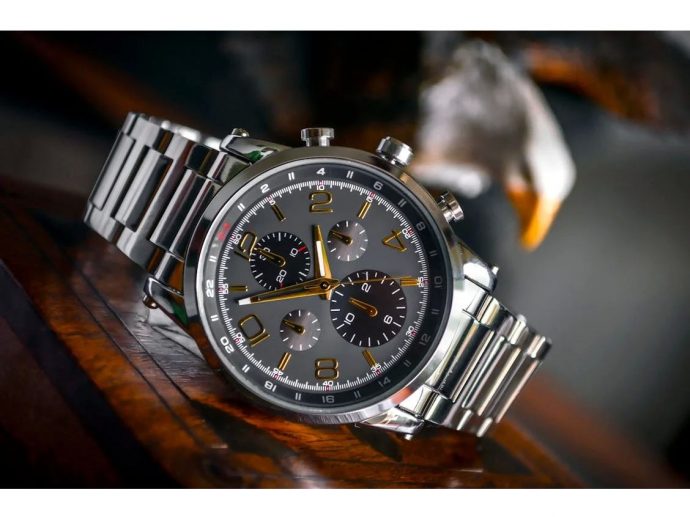Categories more
- Adventures (17)
- Arts / Collectables (15)
- Automotive (37)
- Aviation (11)
- Bath, Body, & Health (77)
- Children (6)
- Cigars / Spirits (32)
- Cuisine (16)
- Design/Architecture (22)
- Electronics (13)
- Entertainment (4)
- Event Planning (5)
- Fashion (46)
- Finance (9)
- Gifts / Misc (6)
- Home Decor (45)
- Jewelry (41)
- Pets (3)
- Philanthropy (1)
- Real Estate (16)
- Services (23)
- Sports / Golf (14)
- Vacation / Travel (59)
- Watches / Pens (14)
- Wines / Vines (24)
- Yachting / Boating (17)
Timeless Details That Matter When Choosing a Watch
Published
06/12/2025Watches are more than just tools for keeping time—they are statements of style, craftsmanship, and heritage. Selecting the right piece involves appreciating the fine elements that define quality. From movement type to case construction, every detail plays a role in the longevity and feel of a timepiece. Beyond aesthetics, these features contribute to accuracy, comfort, and personal significance. Many people choose watches based on symbolism, tradition, or the message they want to convey. As with any meaningful item, the more you understand its makeup, the better your decision will be. Read the full article to gain insight into what sets timeless watches apart.
Recognising the Value of Materials
Premium watches often use materials that stand up to time and wear. Stainless steel, titanium, ceramic, and gold are common options, each with its benefits. Stainless steel is known for its durability and affordability, while titanium offers a lighter, hypoallergenic option. Gold adds classic luxury but is softer and requires more care. Sapphire crystal is preferred for watch faces due to its scratch resistance. Strap materials—whether leather, metal, or rubber—affect comfort and versatility. Understanding these options helps match the timepiece to your lifestyle and preferences.
Paying Attention to the Movement
The internal mechanism of a watch, or movement, determines how it operates. Quartz movements run on batteries and are known for accuracy with minimal maintenance. Mechanical movements, including manual and automatic, reflect traditional watchmaking skills and appeal to collectors. Automatic watches wind through wrist motion, offering convenience without losing craftsmanship. The choice between these types often comes down to how you value convenience versus mechanical artistry. Movement type also affects the thickness, weight, and longevity of the watch.
Choosing the Right Size and Fit
The case size and strap length can influence how a watch feels on your wrist. Larger cases make a bold statement but may overpower smaller wrists. More modest sizes offer a balanced and subtle appearance. Lug-to-lug distance, case thickness, and crown design all contribute to comfort. Adjustable straps or extra links help tailor the fit precisely. When trying on a watch, make sure it stays secure without pinching or sliding too much. The goal is to find something you forget you're wearing—until someone compliments it.
Checking Small Details and Finishes
Fine timepieces often stand out through attention to detail. Polished surfaces, brushed metals, bevelled edges, and engraved case backs are signs of thoughtful design. A clean, well-aligned dial with legible markers and quality lume reflects attention to usability. The craftsmanship of the clasp or buckle can also say a lot about the overall build. When all these parts come together, the result is a piece that not only tells time but tells a story. These details are what turn a nice watch into a lasting favourite.
Appreciating Documentation and Authentication
With luxury watches, authenticity and traceability matter. Papers, service history, and original packaging can add both confidence and value. These documents serve as proof of ownership and care. They also make the resale or insurance processes smoother. Another key detail that helps confirm originality is the unique identification engraved into each piece. For instance, when verifying provenance or checking production year, Rolex serial numbers can provide valuable insight.
Choosing a watch goes beyond visual appeal—it’s about choosing something that aligns with your values, needs, and sense of identity. Every feature has a purpose, and understanding them brings clarity to your selection.















